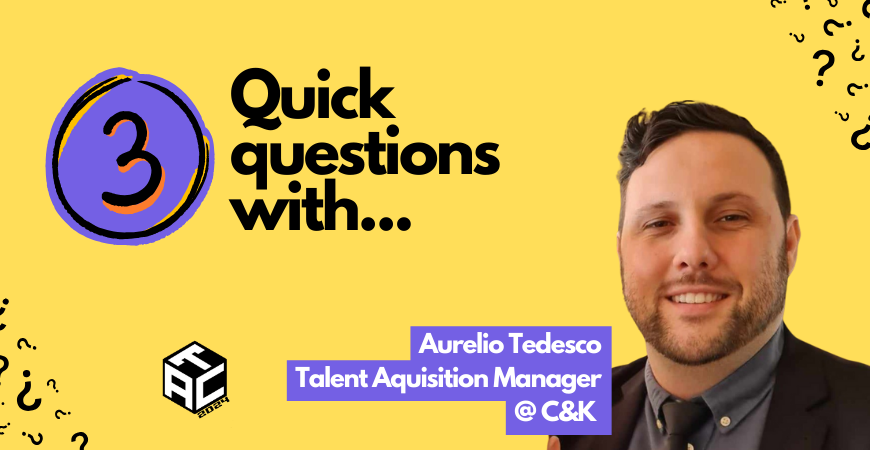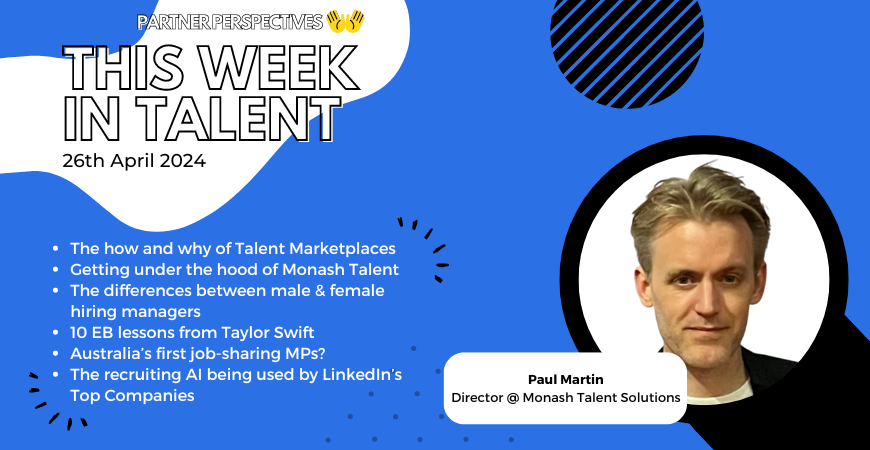A sudden thought came to me recently as I was using an online tool for sourcing a General Manager role. It was no ordinary tool.
This tool relied on Big Data and Artificial Intelligence (A.I.) to help me quickly and effectively identify potential candidates who possess the critical skills I’m searching for on LinkedIn. It reduced my time to hire, enhanced the recruitment process, and also had me wondering about the need for Talent Pools, especially when critical skills can now be sourced quickly using these tools.
Talent Pools have been around for as long as I could remember and I have been involved in building them for various clients throughout my career. The purpose for having a Talent Pool is to ensure an organisation has ready access to the critical skills that are missing from the business. It is a way to insure the future of the organisation and ensure effective leadership succession and workforce planning.
[bctt tweet=”Do we need Talent Pools when we have sourcing tools that can help you identify critical skills?” username=”ATCevent”]
Without a doubt, it is a very useful method for reducing time to hire while keeping high quality candidates warm until you are ready to offer them a role. But until that happens, you are investing time and effort to maintaining these relationships with no idea when, or if, they will eventually bear fruit.
Enter the new generation of sourcing tools. Thanks to advancement in technology, tools such as Hiretual and HiringSolved are now able to identify and shortlist candidates with the right skills and culture fit quickly for you on LinkedIn and beyond. All you have to do is key in your sourcing criteria and the tool will do the rest. From the ensuing results, you then decide who are the most suitable candidates to reach out for a chat.
How straightforward is that? And if it is a skill that you are recruiting for regularly, you can use these tools to build a close network of eligible candidates easily. And if you are able to continuously hire quality candidates within an acceptable time frame using this method, then I wonder – what is the future for Talent Pools?
Should organisations continue to put resources into creating and maintaining their Talent Pools? Can these resources be better utilised elsewhere? Should you be investing more into Big Data/A.I. sourcing tools?
Before you ditch your Talent Pools and jump headlong into the new world of digital sourcing tools, perhaps have a think on these questions:
 Are you getting full value from your Talent Pool?
Are you getting full value from your Talent Pool?
As mentioned earlier, the aim of Talent Pools is to have ready access to skills that are not available in your organisation currently so that you are able to replenish your workforce quickly when someone leaves. To achieve this, segmentation is key and different criteria are needed for identifying the types of candidates you require.
However, I don’t think many organisations recognise the need for segmentation and even if they do, I’m not sure how regularly they update their criteria and, thus, the candidates they have “talent-pooled”. This could lead to less-than-desirable hiring results and persistent problems such as inflated costs or longer time-to-hire.
So, before you decide to kill your Talent Pool, have a think about how you have been managing and using this resource. A slight change in your approach and looking at segmentation using up-to-date criteria might lead to an improvement in results.
[bctt tweet=”Before you ditch your Talent Pools, there’re some factors to take into consideration says @trevorpvas” username=”ATCevent”]
 Are you covering the market?
Are you covering the market?
Cutting off your Talent Pool may be more detrimental than beneficial as that would mean one less avenue for you to source candidates from. It is all about covering the market and understanding that you have reached all areas that are worth considering for the skill that you require.
Having said that, I must say I was impressed by the ability for some of the job sites in providing access to skilled candidates. I know that many people roll their eyes at this statement but hear me out.
I had used both SEEK and LinkedIn for conducting my search for the General Manager role and I had great candidates coming through from both the search and the job advertisement. OK, there was an overhead involved for the advertisement, and I had to deal with a bunch of applications that came flooding into my inbox but if you know what you want, you can manage this quickly and fairly.
Ultimately, a Talent Acquisition leader will need to balance up the value proposition of Talent Pooling against the use of digital sourcing tools and placing ads on job sites. The use of KPIs where you are measuring the cost-of-hire from each source and the effort-to-hire vs. quality of hire from each source should help you support your decision making.
If you need further advice, feel free drop a comment below or reach out directly. I’ll be more than happy to have a chat.
Cover image: Shutterstock
Talent Acquisition (TA) is on the cusp of a new wave of innovation and the 12th Australasian Talent Conference will be shining the light on it – say hi to Artificial Intelligence (A.I.). Find out more.



























